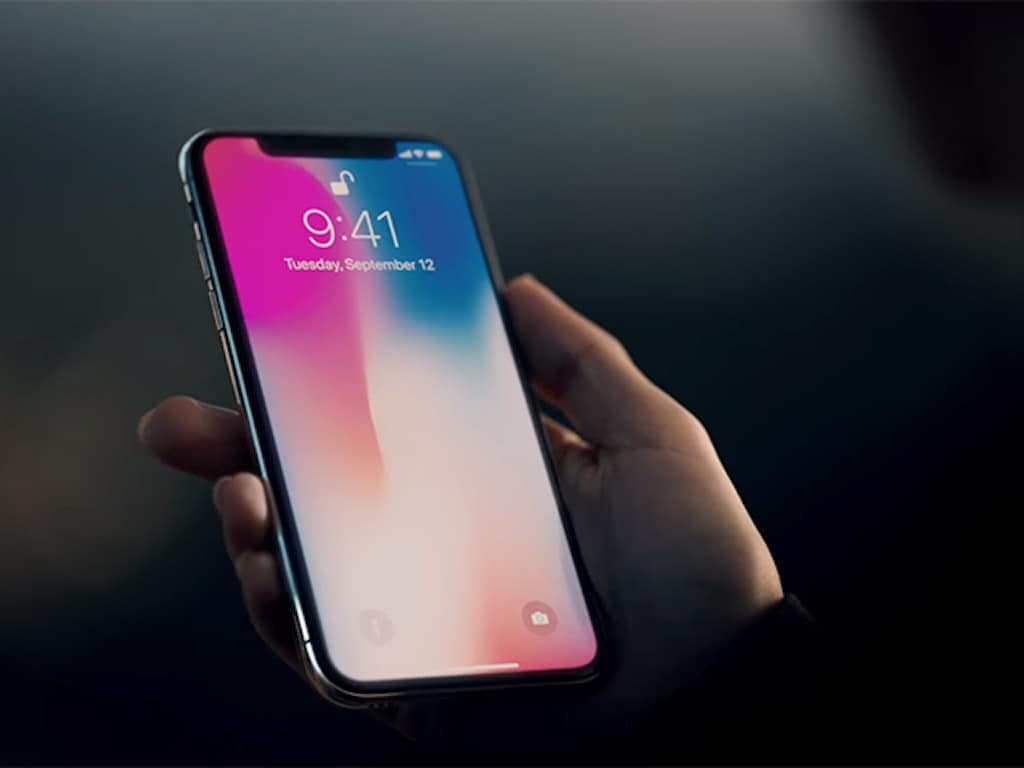Apple introduced its facial biometric authentication system, which it calls the Face ID, with the 2017 iPhone X. This year, the iPhone XS, iPhone XS Max (review), and iPhone XR (review) continue to sport the same authentication tech as well. However, according to former KGI analyst and proven soothsayer when it comes to all things Apple, Ming Chi Kuo, the next year’s iPhone may come with an improved Face ID setup.
First reported by MacRumours, it’s reported that Kuo believes that Apple will utilize a new sensor in the 2019 iPhones, which will better illuminate one’s face “to lower the impacts from visible lights of environment in order to improve the Face ID user experience.”
Further, the report also suggests that Apple may even introduce another range-sensing system with a Time of Flight 3D camera in its 2019 or 2020 iPads. An article by The Verge explains, “this type of sensor measures the time in which a light dot travels between the camera and subject and could be used to capture 3D images.” Kuo says that this system could potentially be used for augmented reality experiences or to improve the quality of images or 3D images.
The current Face ID tech uses over 30,000 infrared dots to create a 3D map of a user’s face. Soon after its launch, many reports noted that while the feature works very swiftly in the dark, it did not perform very well in very bright or mixed lighting conditions.
Apple’s 2018 iPhones do offer faster Face ID, but the speed is a result of Apple’s faster A12 Bionic chip. The Face ID sensor package remains the same.
The note from Kuo adds that Apple’s vendors such as IQE, Lumentum and Win Semi will remain the primary suppliers of Face ID hardware.
The report also adds that next year, Apple’s new iPhones will offer the same combination of two OLED iPhones and one LCD iPhone.
‘).insertAfter($(‘#article-full-content_’+post_id+’>p:eq(3)’)); var D=new Date(),d=document,b=’body’,ce=’createElement’,ac=’appendChild’,st=’style’,ds=’display’,n=’none’,gi=’getElementById’,lp=d.location.protocol,wp=lp.indexOf(‘http’)==0?lp:’https:’; var i=d[ce](‘iframe’);i[st][ds]=n;d[gi](“M367441ScriptRootC281457”)[ac](i);try{var iw=i.contentWindow.document;iw.open();iw.writeln(“
“+”ml>”);iw.close();var c=iw[b];} catch(e){var iw=d;var c=d[gi](“M367441ScriptRootC281457″);}var dv=iw[ce](‘div’);dv.id=”MG_ID”;dv[st][ds]=n;dv.innerHTML=281457;c[ac](dv); var s=iw[ce](‘script’);s.async=’async’;s.defer=’defer’;s.charset=’utf-8′;s.src=wp+”//jsc.mgid.com/f/i/firstpost.com.281457.js?t=”+D.getYear()+D.getMonth()+D.getUTCDate()+D.getUTCHours();c[ac](s); // $(‘#article-full-content_’+post_id+’ > div[id ^= “M367441ScriptRootC281457”]>iframe’).attr(‘style’,’display:none !important;’); } }

Post a Comment